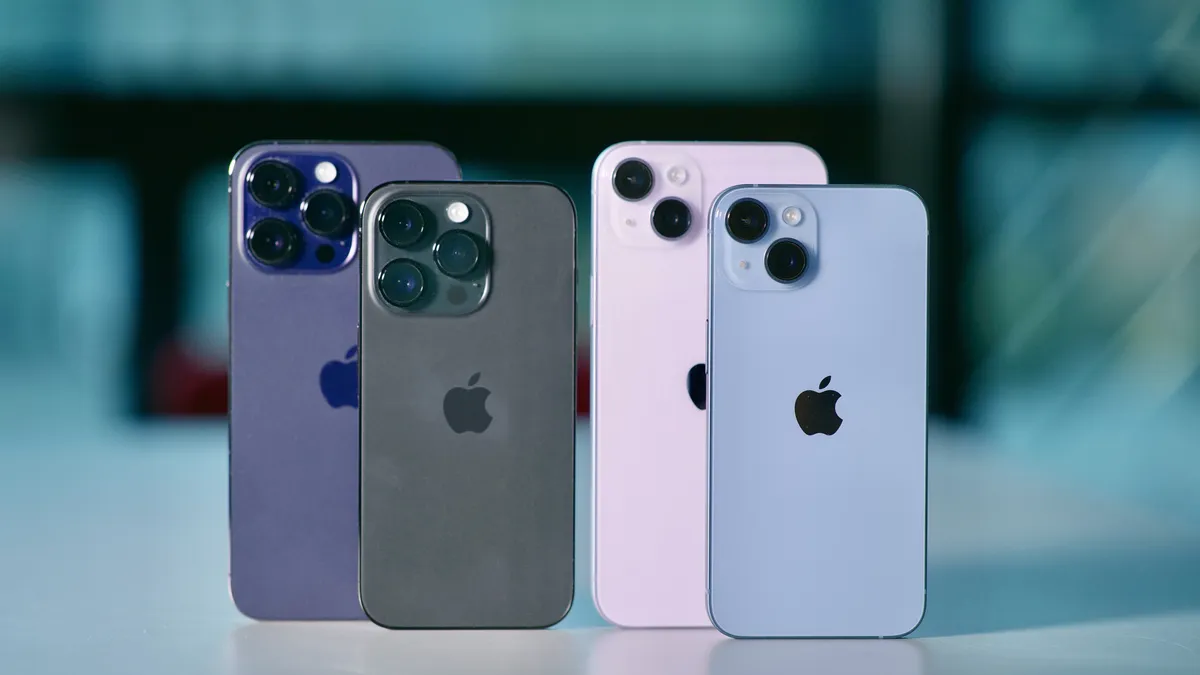The air crackles with anticipation as the Lunar New Year approaches, and this year, something unexpected has joined the festive atmosphere: Apple is offering significant discounts on its latest products in China. From January 4th to 7th, Chinese consumers can snag deals on everything from the cutting-edge iPhone 16 Pro Max to MacBooks, iPads, Apple Watches, AirPods, and even the Apple Pencil. This move, offering savings of up to roughly $70 on the premium iPhone 16 Pro Max, has raised eyebrows and sparked conversations about Apple’s strategy in a crucial market.
Normally, Apple shies away from discounting its newest iPhone models. Think Black Friday in the US – new iPhones are conspicuously absent from any direct price reductions. This makes the current promotion in China particularly noteworthy. It’s not unprecedented; Apple has occasionally run similar Lunar New Year promotions in the past, but the timing and the scale of the discounts on the iPhone 16 lineup feel different this time.
Several factors contribute to this unique situation. Firstly, investor scrutiny surrounding iPhone demand in China has intensified. Rumors of softening sales have circulated, prompting questions about Apple’s ability to maintain its market share against increasingly competitive domestic brands, most notably Huawei. This Lunar New Year sale could be interpreted as a strategic move to stimulate sales and reassure investors.
Secondly, the Chinese smartphone market is fiercely competitive. Local brands have been steadily gaining ground, offering feature-rich devices at often lower price points. This intensifying competition has undoubtedly put pressure on Apple’s market share. Recent financial reports reflect this trend; Apple’s reported revenue in China decreased by 3% year-over-year last quarter. This decline underscores the challenges Apple faces in navigating the complex dynamics of the Chinese market.
The discounts are available for purchases made directly through Apple using select payment methods popular in China, such as WeChat Pay and Alipay. This streamlined approach ensures a smooth and convenient shopping experience for Chinese consumers.
The timing of this promotion is also significant, coming just ahead of Apple’s upcoming earnings report for the holiday quarter. This report will provide a crucial snapshot of the iPhone 16’s performance in the market and offer valuable insights into Apple’s overall financial health. The Lunar New Year sales figures will undoubtedly be closely scrutinized by analysts and investors alike.
This Lunar New Year promotion isn’t just about offering discounts; it’s a strategic maneuver in a complex and evolving market. It’s a signal that Apple is acutely aware of the competitive landscape in China and is willing to adapt its strategies to maintain its position. Whether this promotion will significantly impact long-term sales and market share remains to be seen.
However, it undoubtedly adds an intriguing layer to the ongoing narrative of Apple’s presence in one of the world’s most important technology markets. It’s a delicate balancing act – appealing to consumers with attractive offers while maintaining the premium image associated with the Apple brand. The coming months will reveal the true impact of this strategic play.

